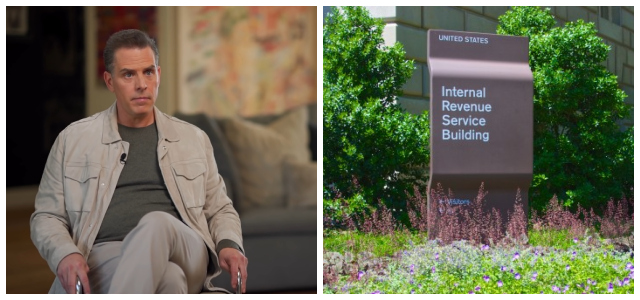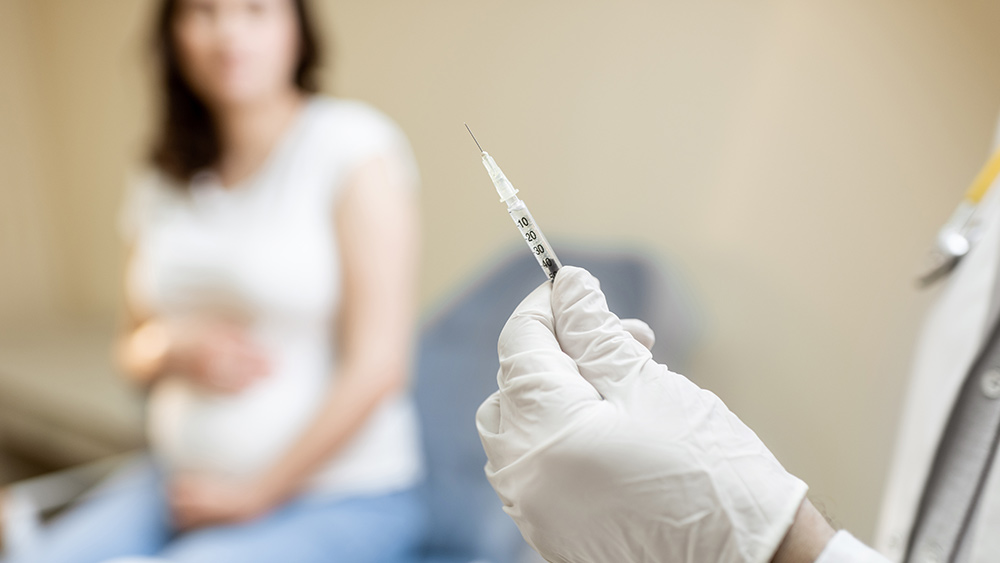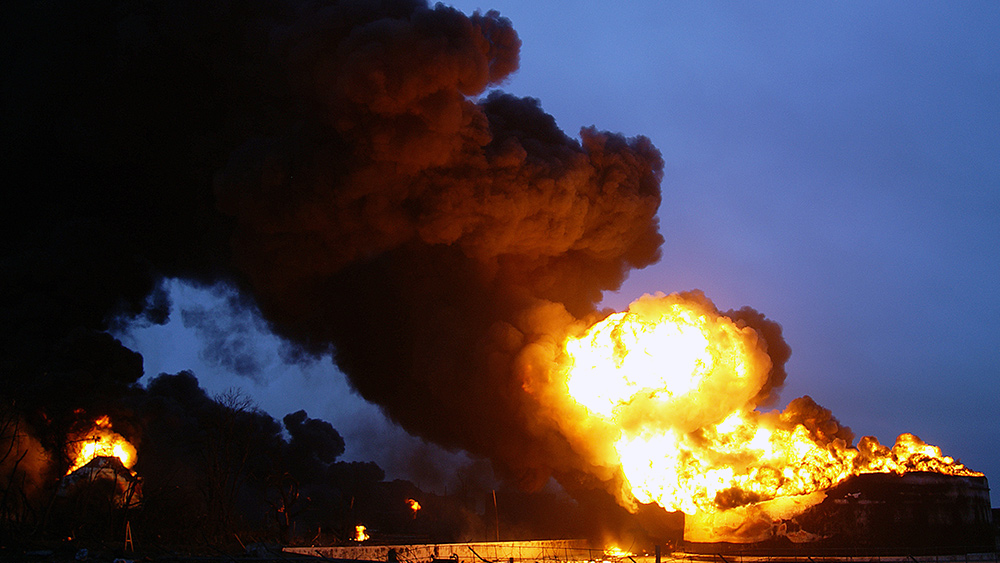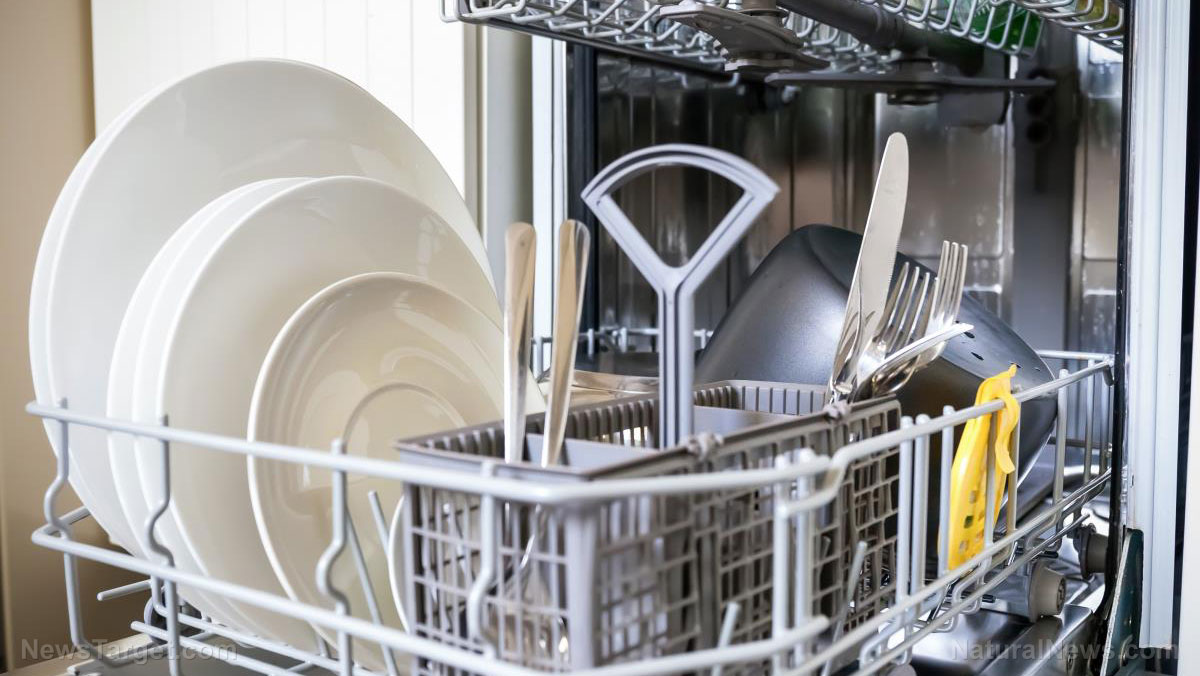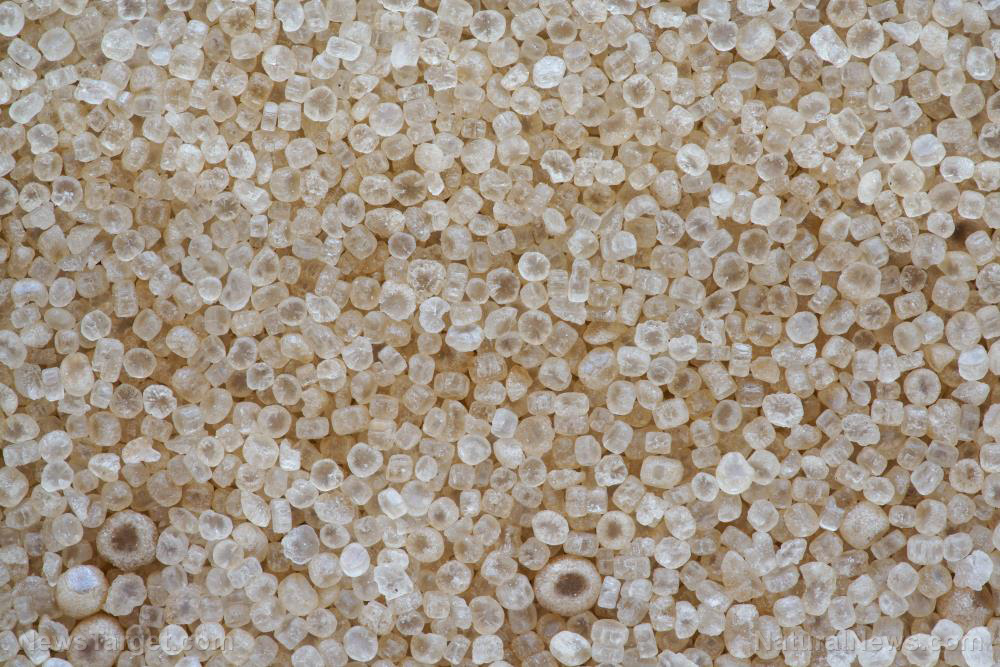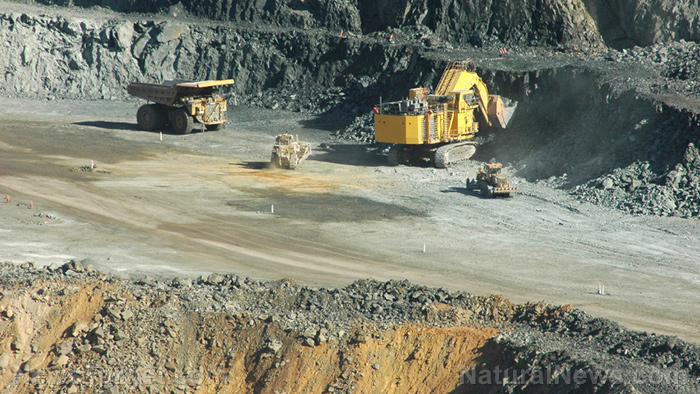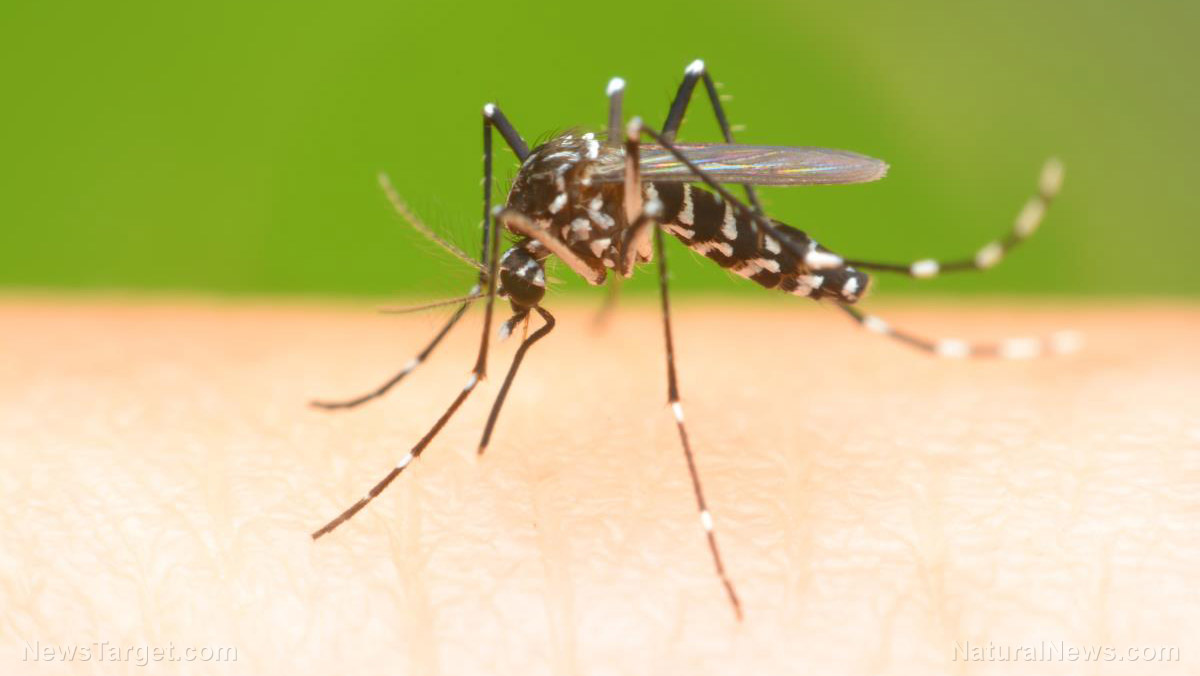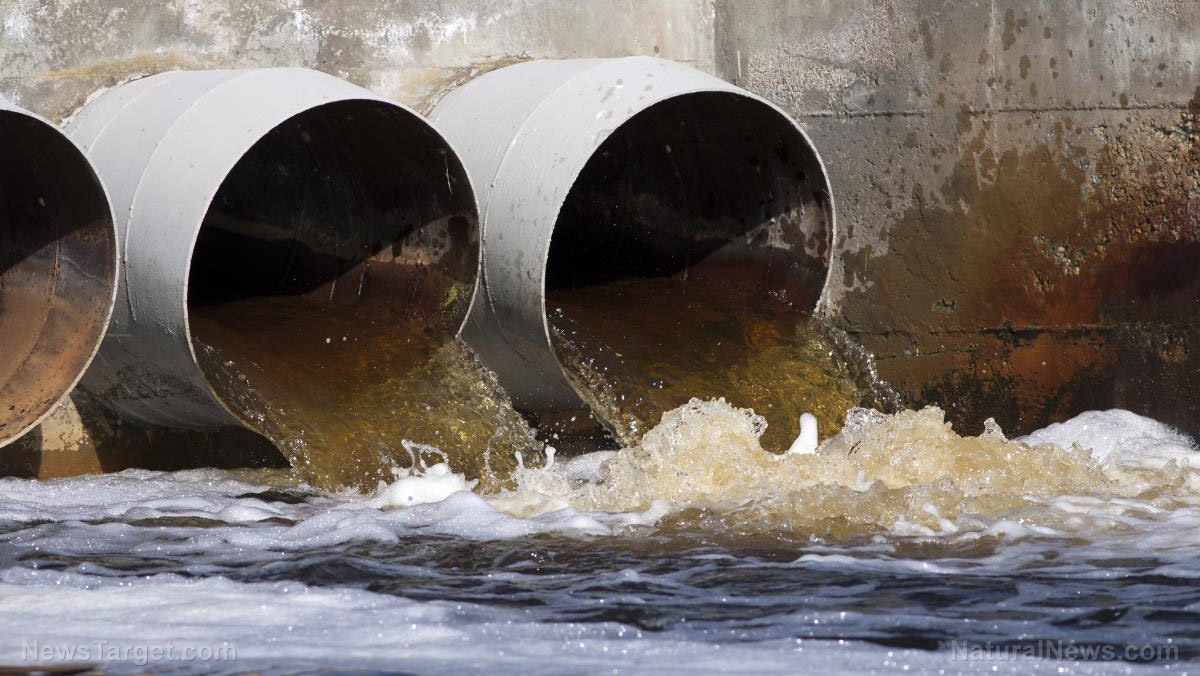
Broken pipes along the U.S.-Mexico border are spewing millions of gallons of untreated sewage daily into the Rio Grande, the International Boundary and Water Commission (IBWC) warns. The IBWC has formally notified Mexican authorities about the spillage originating from ruptured pipes in western El Paso, Texas. According to the IBWC's estimates, between 3 million and 6 million gallons of raw sewage flow into the Rio Grande, threatening people's health.
IBWC says in a statement to the monitoring organization Border Report: "Sewage flows into the Rio Grande are entering the international reach of the river. The water that is going into the Rio Grande is downstream of the location where Mexico gets the water under the [U.S.-Mexico] treaty."
The Rio Grande river forms the natural U.S.-Mexico boundary, cutting across El Paso and the Mexican city of Juarez.
The broken pipes in El Paso have been leaking since Aug. 15, polluting the Rio Grande with a purported 150 million gallons of toxic sewage in total. According to Texas television station KXAN, the raw sewage goes to the river to prevent it from getting to residential areas and businesses near the city's Doniphan and Sunland Park drives. It is then routed to El Paso canals toward a treatment plant located several miles downstream.
The Centers for Disease Control and Prevention (CDC) and other health organizations warn of the dangers of water polluted with sewage. They caution people who wade or swim in these waters of exposure to dangerous pathogens and intestinal infections. Concerns over the sewage flow's potential impact on vegetation, wetlands and irrigation have also risen.
City Rep. Peter Svarzbein says: "I've had a number of concerns from residents relating to vegetation and wetlands removal. I know that one man's clogging of storm water is another man's wetlands for birds and that sort of thing." The councilman representing El Paso's first district adds that "there's been a number of instances" where vegetation has been removed without much public input in his constituency.
El Paso's water utility is all hands on deck to fix the problem
Water utility officials in El Paso cite a "cascade of failures" that ultimately contribute to the major leakage and spill. El Paso Water President and CEO John E. Balliew says: "This is corrosion driven. It's not just one break – it's a series of breaks. The pipe is so badly corroded that we can't fix it. When we go to fix it, we cause more damage than [what] exists at present – so we're concentrating on replacement."
Balliew adds that El Paso Water has only completed 60 percent of pipe replacement so far. "It's a terrible thing to happen. We were 60 percent done with a replacement [pipe] when the cascade of failures started to happen," he says. The El Paso Water executive continues that repairs will go well into November, with normal operations to resume Dec. 3.
Aside from repairs, El Paso Water is also focused on wastewater treatment to reduce environmental harm. "[We] are constructing a facility where we take [polluted water] out of the canals and put it back into the wastewater treatment plant." A piece by El Paso Matters confirms this move by water utility officials.
According to the article, El Paso Water officials are working to divert raw sewage from the city's western side toward the Roberto Bustamante Wastewater Treatment Plant. Sewage entering the treatment facility on the far southeast side of the city will undergo processing before being released as clean water downstream. (Related: Hudson River polluted by 100,000 gallons of raw sewage, baby wipes float down the river.)
The Bustamante plant can treat up to 39 million gallons daily. However, El Paso Water Chief Technical Officer Gilbert Trejo says the amount of water the plant treats can vary greatly.
"There are times of day where [the] Bustamante [plant] is only treating 12 million gallons a day," he says. "The solution is to treat all of this water and get it out of the environment. It's a win ultimately, because it's not going to be in the river anymore." (Related: LA treatment plant discharges 17 MILLION gallons of sewage.)
BioSludge.news has more articles about untreated sewage polluting major bodies of water such as the Rio Grande.
Sources include:
Please contact us for more information.









